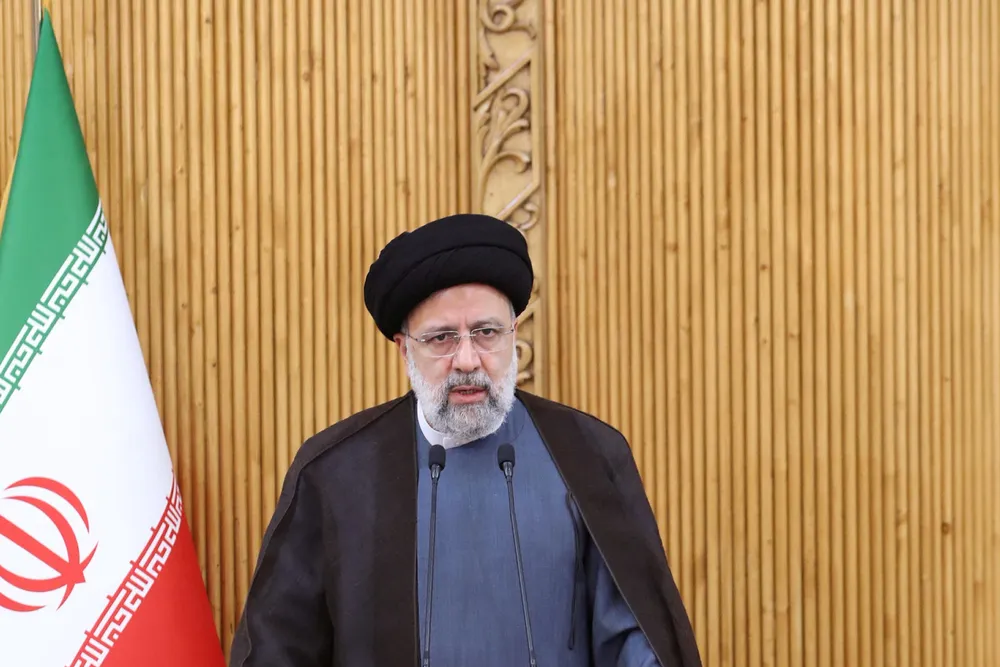Iran and Oman agree to jointly develop Hengam offshore oilfield in the Persian Gulf
Two nations have agreed to form a joint technical committee to develop the next phases of the Hengam oilfield

Two nations have agreed to form a joint technical committee to develop the next phases of the Hengam oilfield
